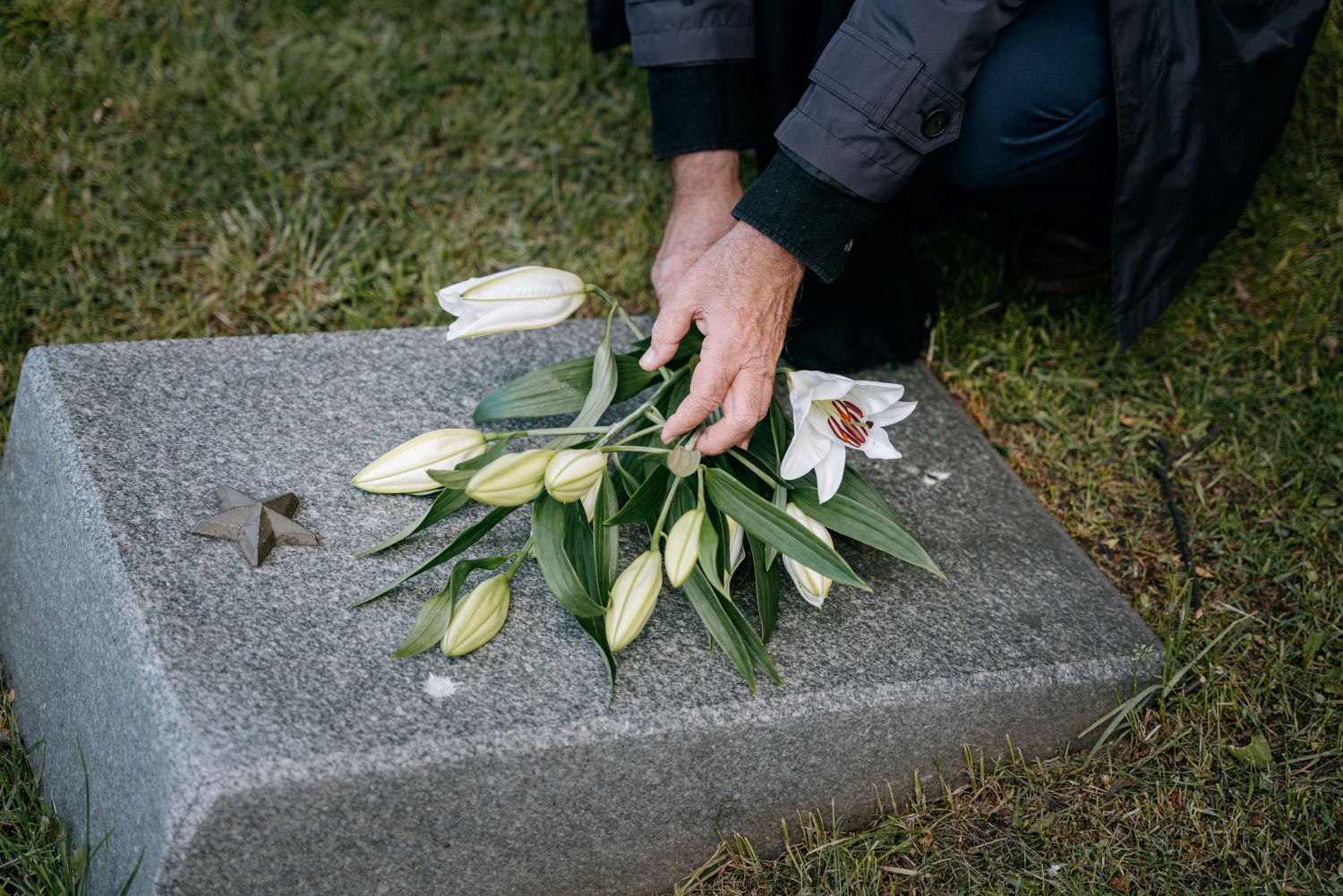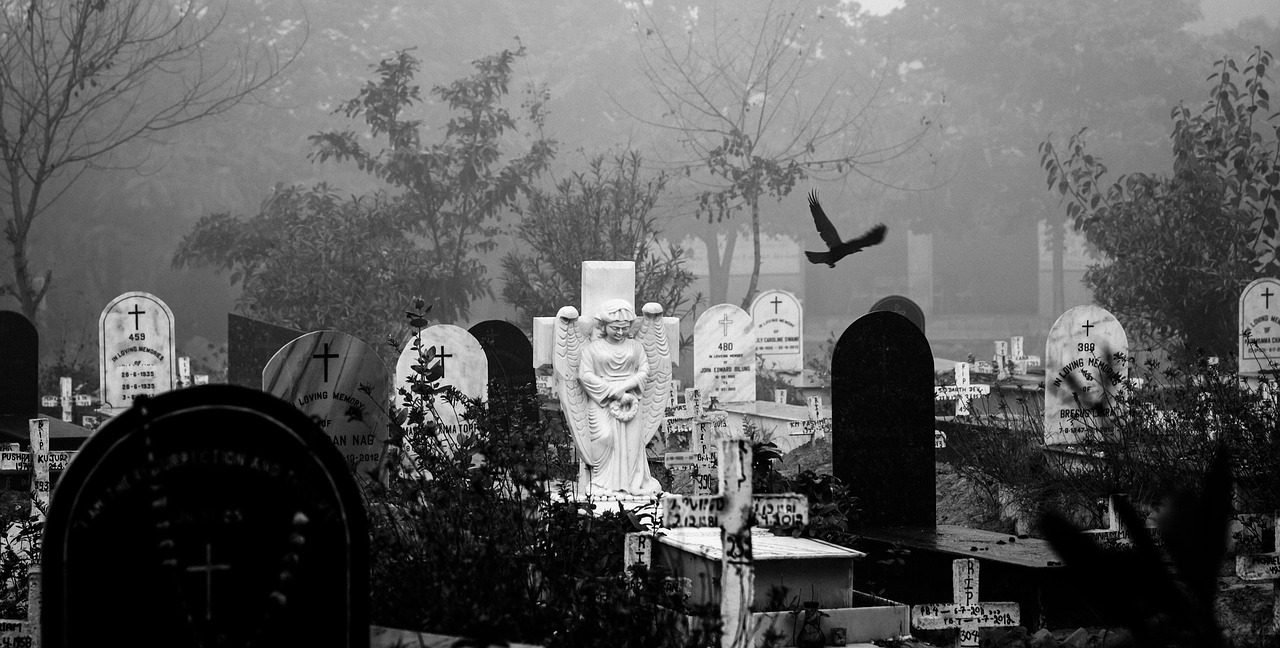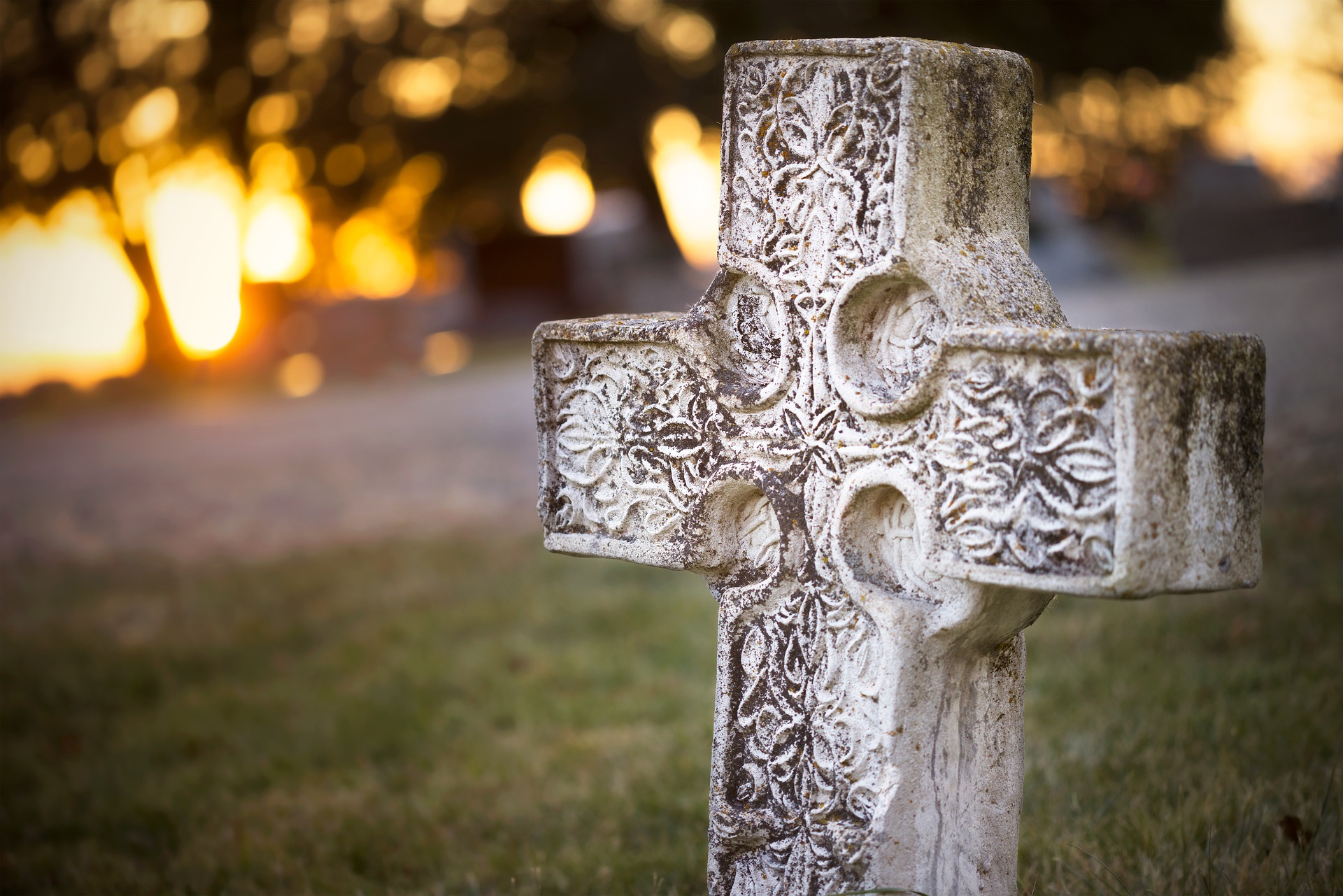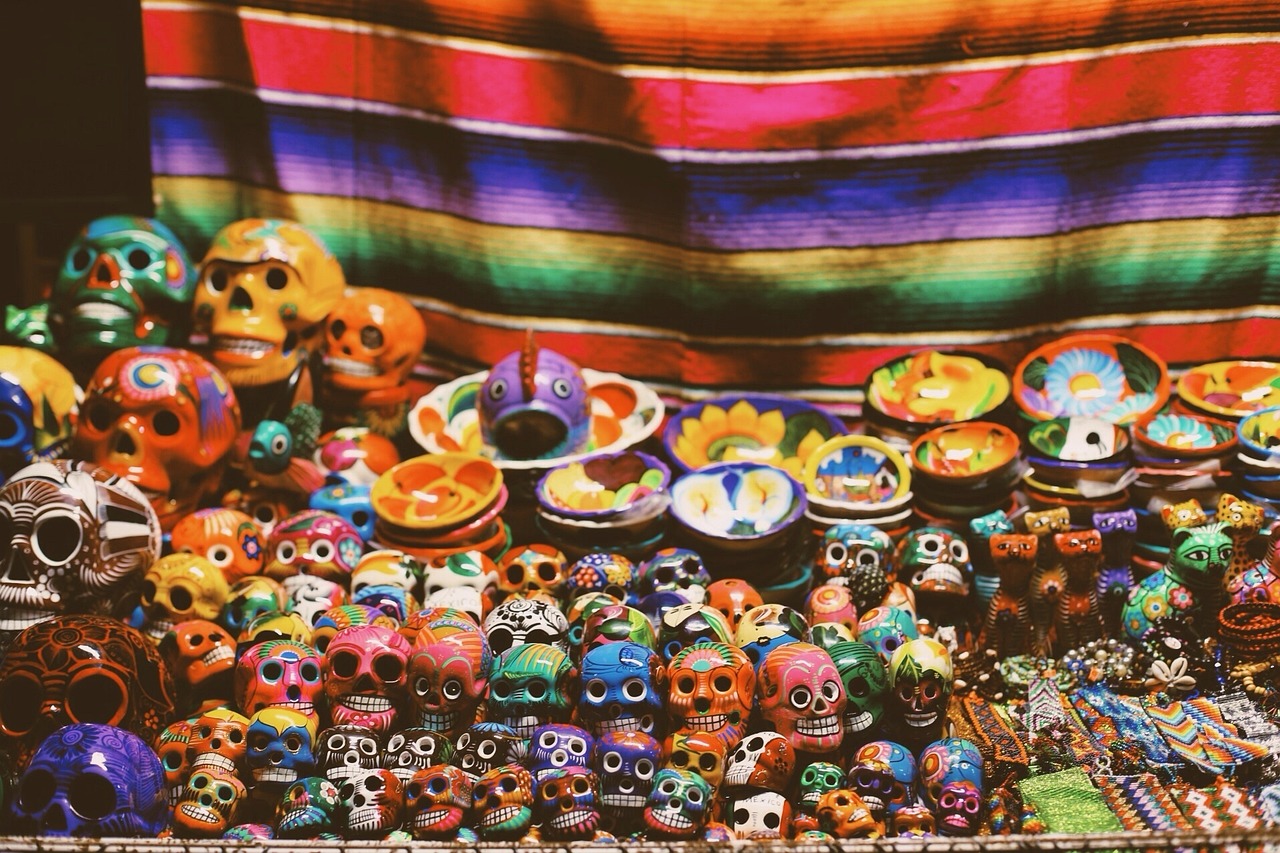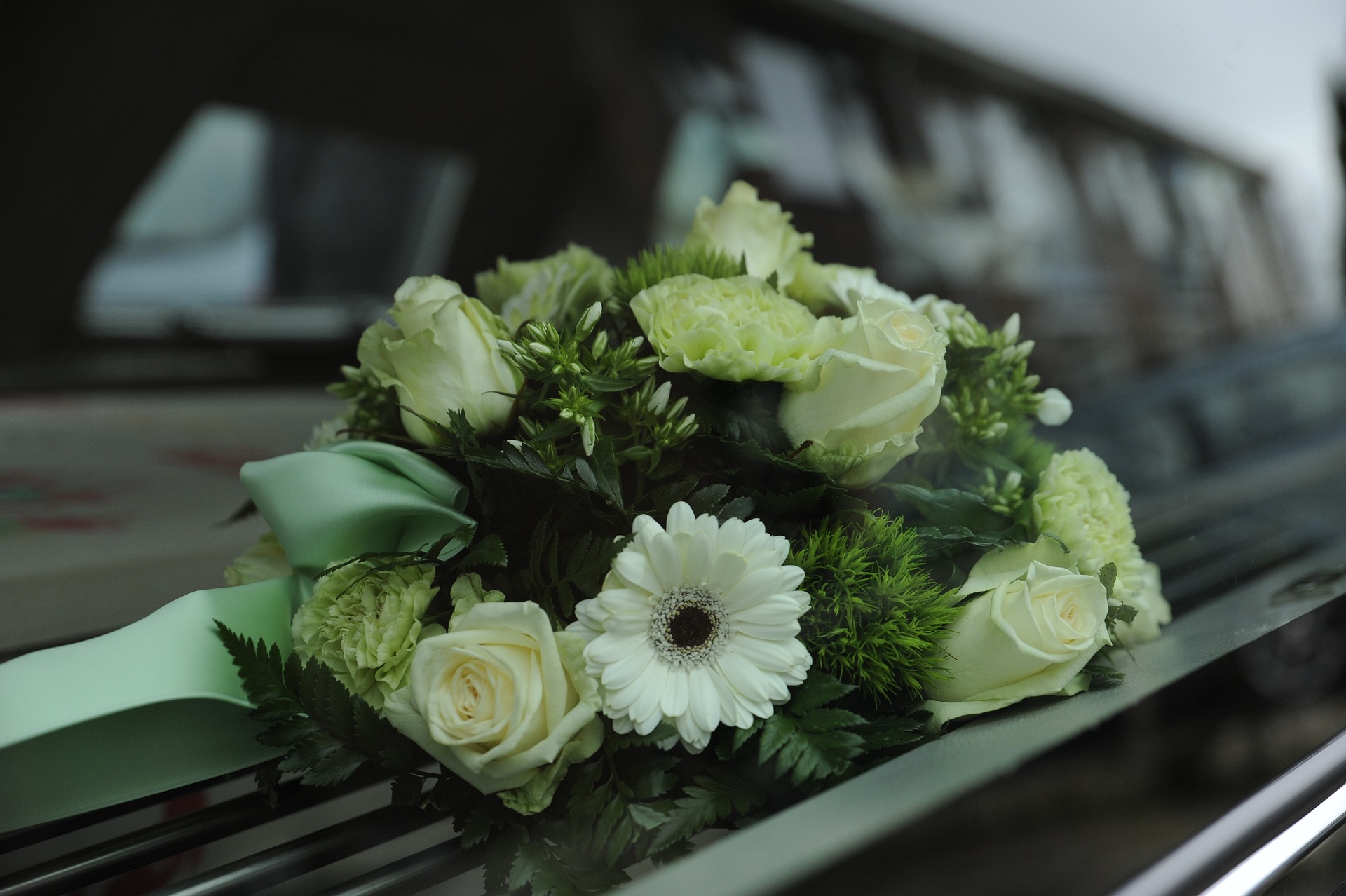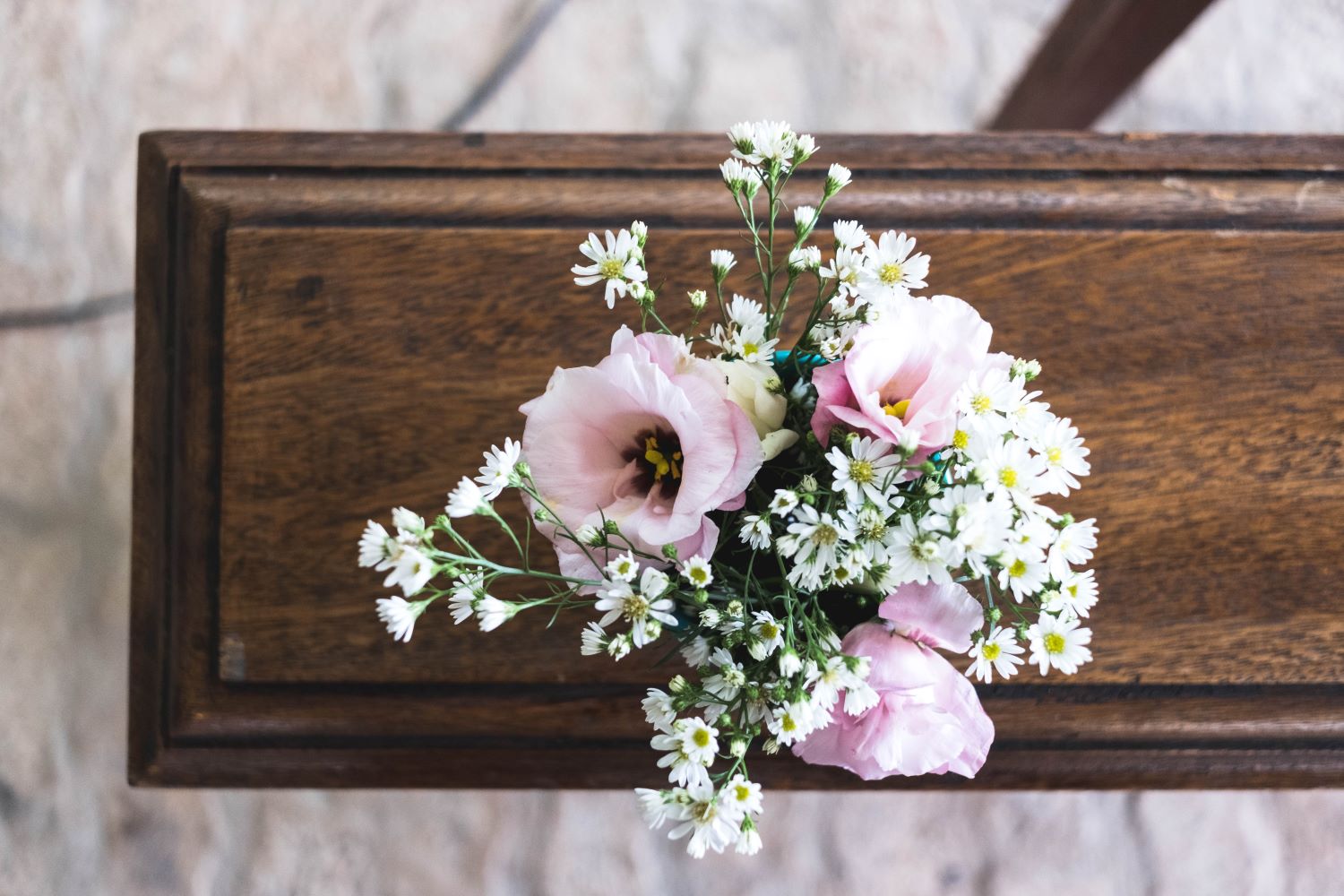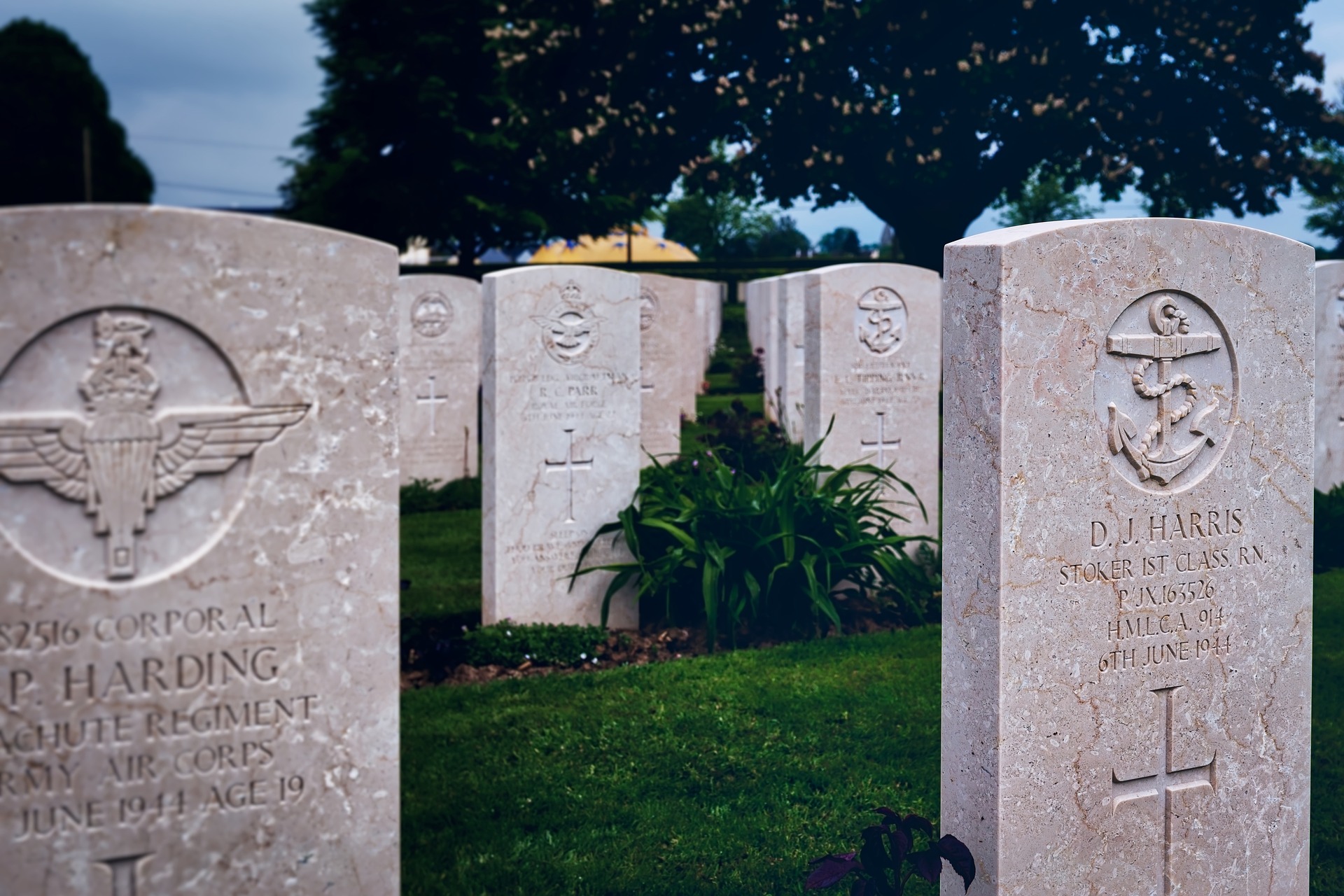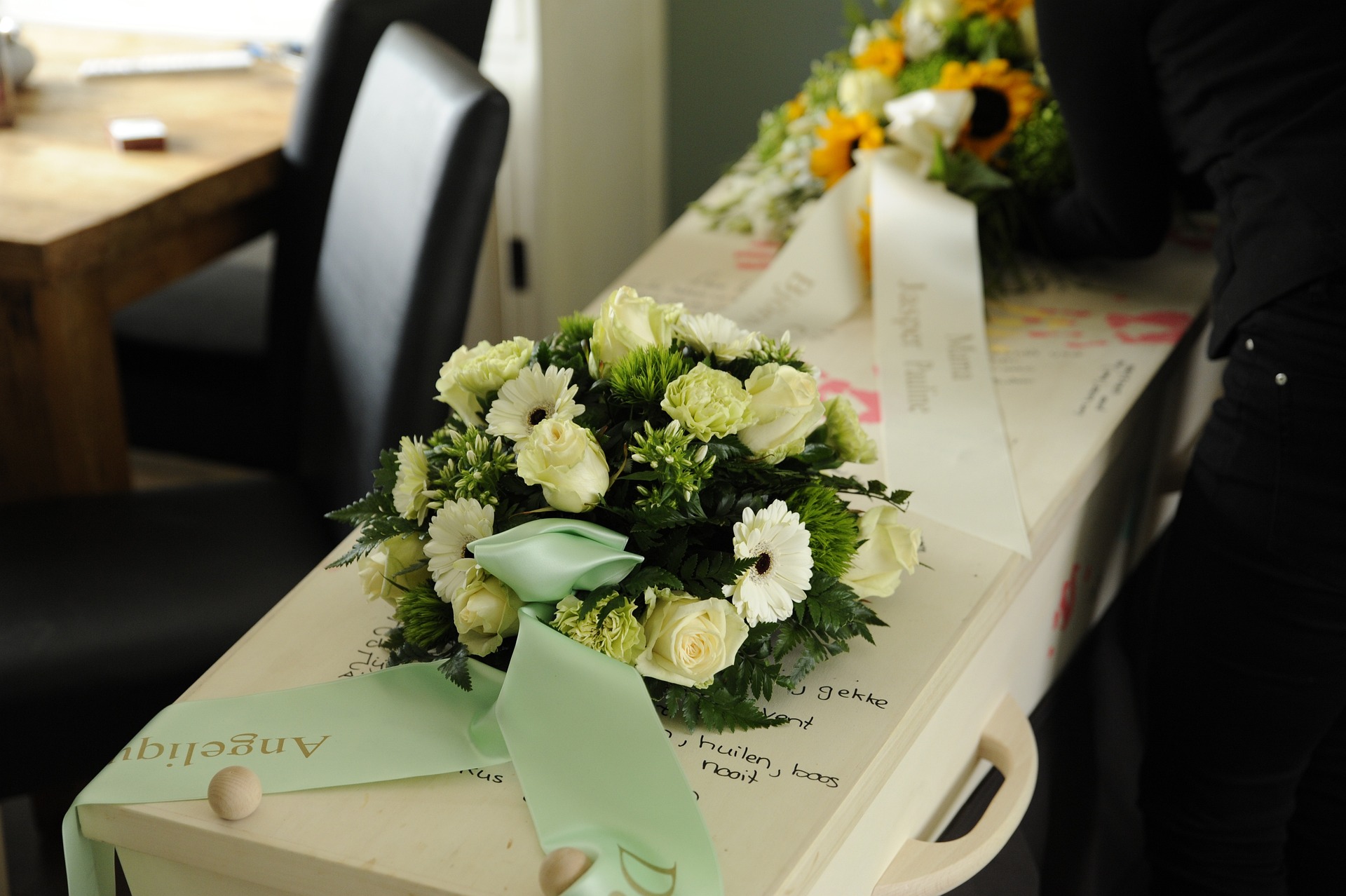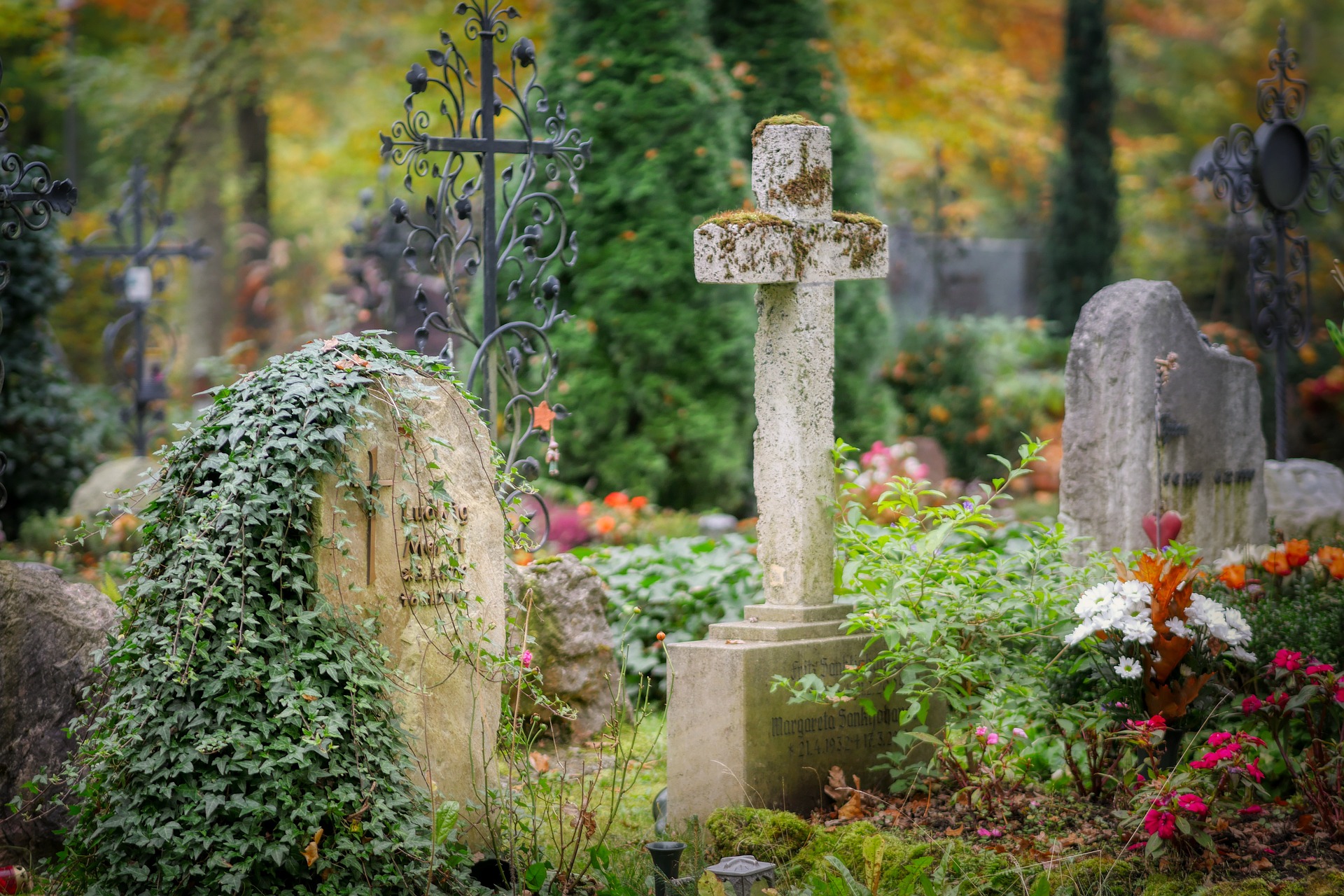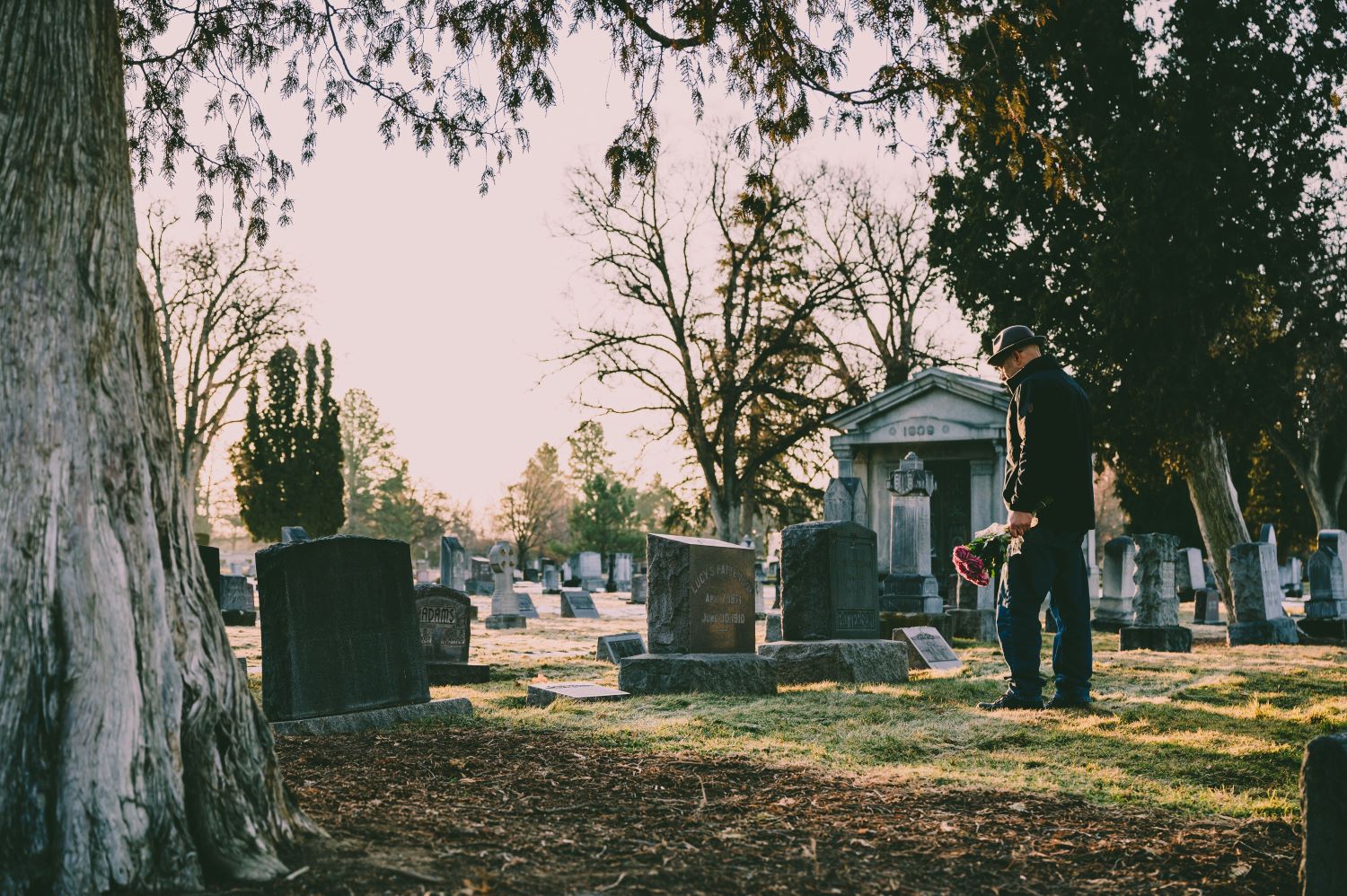
Cemeteries hold a special significance, serving as the ultimate destination for our cherished ones and as a comforting haven for the living. Nonetheless, in the United Kingdom, these areas are governed by precise rules that guarantee a dignified and organised commemoration. Understanding these regulations is crucial for a seamless journey to paying tribute to our loved ones. Below, we take a look at some of the regulations.
Size, Shape and Materials
One of the key aspects to consider is the selection and design of headstones and memorials. Most cemeteries in the UK have guidelines regarding the size, shape, and materials of these structures. These regulations aim to maintain the visual harmony of the cemetery while providing flexibility for personalisation. Before choosing a headstone, it’s crucial to check with the cemetery authorities for any restrictions or design criteria.
Inscriptions
Additionally, understanding the rules surrounding inscriptions is vital. Many cemeteries have guidelines on the content of inscriptions to ensure that they remain respectful and suitable for public display. This helps create an environment where all visitors can find comfort without encountering offensive or inappropriate messages. If you’d like some help with inscriptions, please visit our guide.
Upkeep
Cemetery regulations in the UK often extend to maintenance as well. Families typically have responsibilities to keep the area around the headstone tidy, ensuring a respectful appearance. Understanding these upkeep obligations is essential to preserve the beauty of the cemetery as a whole.
It’s important to note that these regulations may differ between cemeteries, and they can change over time. Therefore, it’s highly recommended to communicate directly with the cemetery administrators or work with professionals who specialise in memorial services. These experts can guide you through the process, ensuring that your intentions align with the established regulations.
Contact Cope Memorials Today
Arranging the memorial of a loved one can be both overwhelming and complicated, which is why we are always on hand to offer expert knowledge and guide you through the process. Here at Cope Memorials, we specialise in the manufacturing of high quality headstones and memorials. Throughout our many years of working in the industry, we’ve managed to gain a fantastic reputation throughout Alfreton and the surrounding areas. To find out more about how we work, please give us a call on 01773 602187. Alternatively, you can complete our online enquiry form where a member of our team will be in touch with you as soon as possible.

